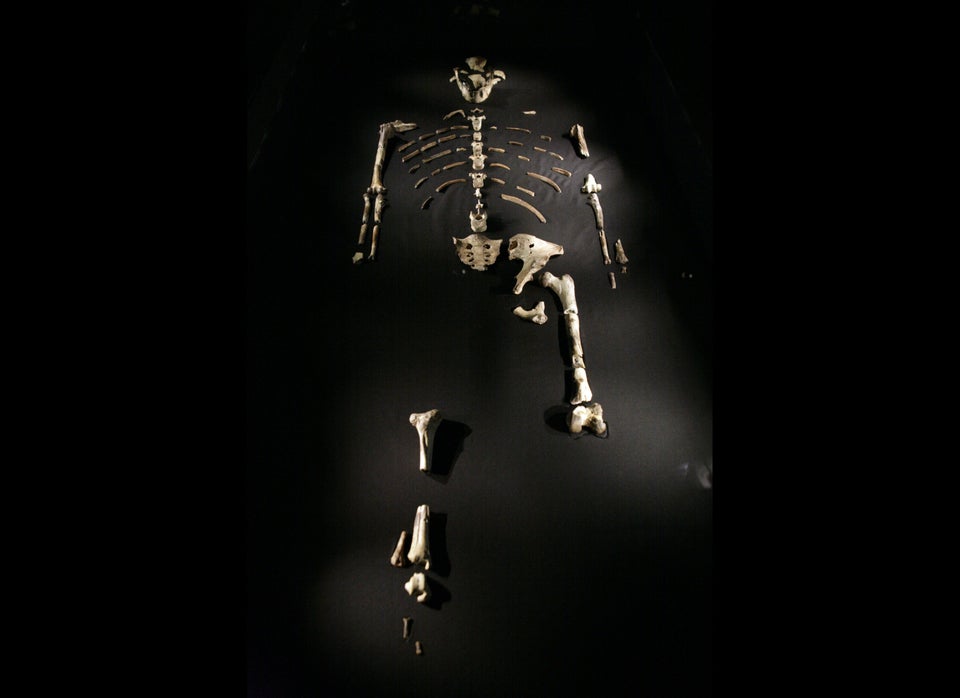Researchers ambitiously have reconstructed the genomes of both modern and medieval strains of the pathogen responsible for leprosy in a new study.
Yes, the ancient disease is still around today and that’s not all -- DNA reveals leprosy-causing bacteria has not changed much over the past 1,000 years.
The international research team reconstructed entire genome sequences of the leprosy pathogen, Mycobacterium leprae, from five medieval skeletons unearthed in Denmark, Sweden, and the U.K. These skeletons date back to between the 10th and 14th centuries. The researchers then compared their findings to 11 leprosy strains found in biopsy samples from modern-day patients suffering from the disease.
Surprisingly, the researchers found that the ancient leprosy DNA was well preserved -- even more so than the human DNA of the skeletons, possibly due to the thick and waxy cell wall of the leprosy bacteria. This indicates that bacterial DNA may survive in some cases far beyond the one-million-year boundary suggested for mammalian DNA.
"Since the M. leprae DNA degrades slower than human—and probably other vertebrate—DNA, it should be possible to extract and sequence M. leprae DNA from environments and time periods in which we would not usually find DNA preserved, like the tropics or early, prehistoric time periods," study co-author Dr. Johannes Krause, professor of archaeological science at the University of Tübingen in Germany, said in a written statement. "So potentially we could study samples from the time of the disease's origin."
But for now, the researchers found that leprosy really hasn’t changed much genetically. Based on the study, only about 800 mutations have occurred among the 16 ancient and modern genomes analyzed.
The researchers said the study will help in piecing together the evolutionary history of leprosy strains. They found that all leprosy strains likely shared a common ancestor that existed within the last 4,000 years. And some of the medieval European strains are similar to modern-day strains in the U.S. -- so for the Americas, leprosy origins may trace back to Europe.
"This study provides insight into how the European strains of leprosy (now extinct) relate to those found in other parts of the world," anthropologist Dr. Anne Stone of Arizona State University, who was not involved in the new study, told LiveScience in an email. "Surprisingly, it appears to have 'jumped' into humans [from other animals] relatively recently," in the last 3,000 years or so, Stone said.
Leprosy was prevalent in Europe until the late Middle Ages, and now the disease infects about 200,000 people each year. So what’s next in leprosy research?
"The next step will be to go back further in time to understand the adaptation of M. leprae throughout time," Dr. Krause said in the statement, "and to learn about target genes that are essential to the bacterium, which may be targeted by drugs."
The study was published in the June 14 issue of the journal Science.

